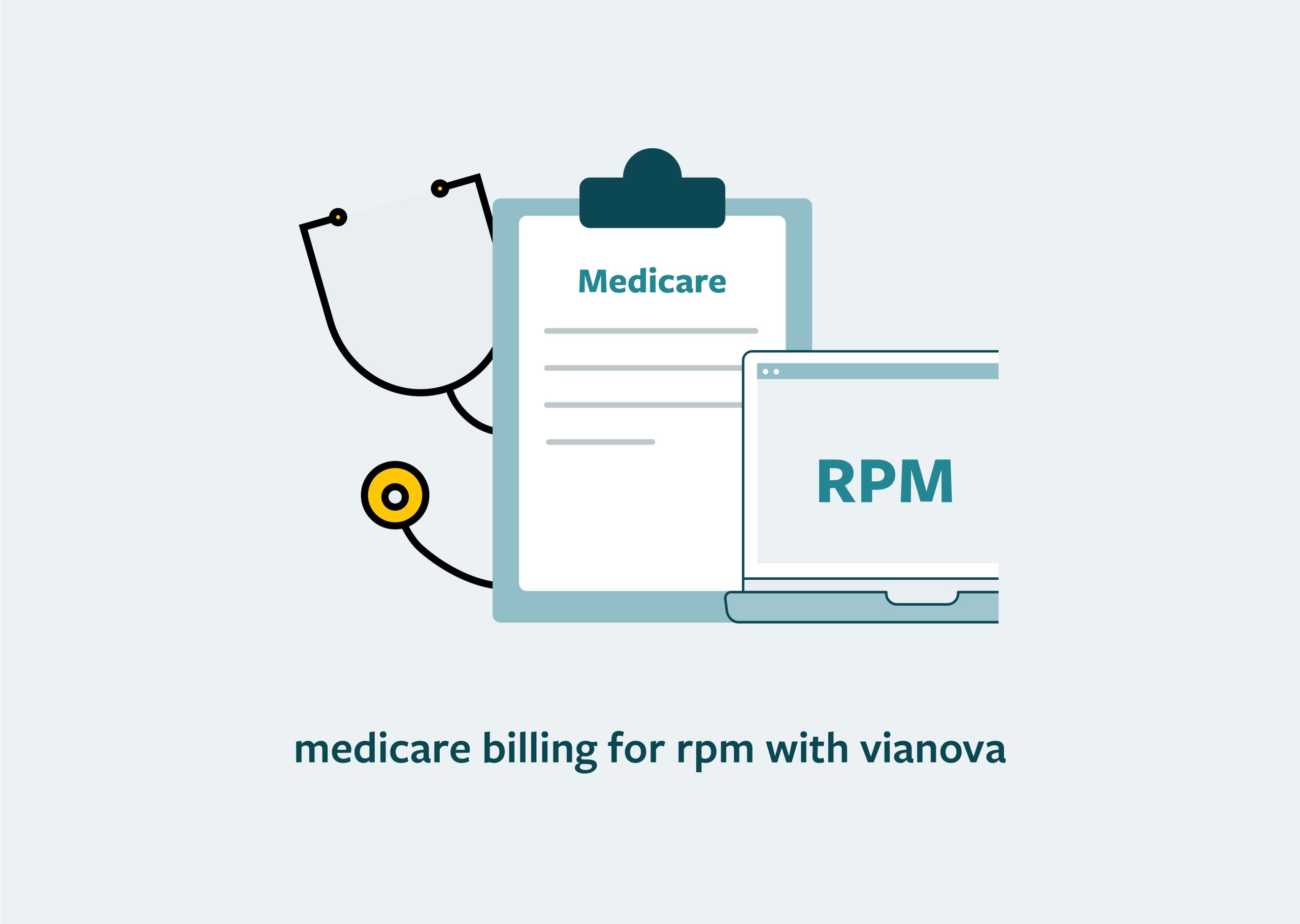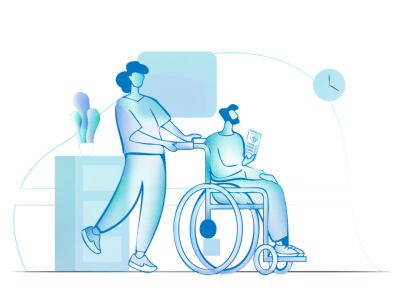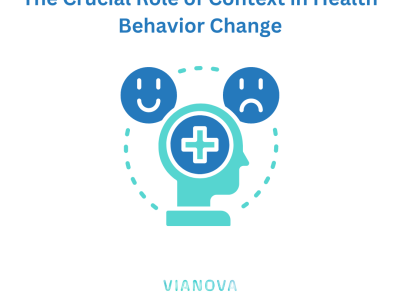
Navigating Medicare Billing for RPM Services with Vianova AI
Remote Patient Monitoring (RPM) is a transformative approach to healthcare, offering numerous benefits for both patients and healthcare providers. As the landscape of healthcare evolves, it’s essential for providers to understand how to navigate the intricacies of Medicare billing for RPM services. In this blog post, we will provide you with a comprehensive guide on Medicare billing for RPM and show how Vianova AI’s solutions can streamline the process, ensuring you receive appropriate reimbursement for your services.
Understanding Medicare Coverage for RPM
Before diving into the billing procedures, let’s clarify which Medicare plans cover RPM services. As of our knowledge cutoff date in September 2021, Medicare provides coverage for RPM under specific conditions:
1. Chronic Conditions: Medicare covers RPM services for patients with at least one chronic condition. These conditions may include heart failure, diabetes, chronic obstructive pulmonary disease (COPD), and more.
2. Eligibility Criteria: Patients must meet specific criteria, such as requiring regular monitoring, the ability to use RPM equipment, and consent to participate in the program.
3. Consent: Patients must provide informed consent for RPM services.
4. Coding and Documentation: Accurate coding and thorough documentation are crucial for Medicare billing. Specific Current Procedural Terminology (CPT) and Healthcare Common Procedure Coding System (HCPCS) codes are used to bill for RPM services.
Medicare Billing for RPM Services
Here is an overview of the Medicare billing process for RPM services:
1. Selecting Eligible Patients: Begin by identifying eligible patients who meet Medicare’s criteria for RPM services. Ensure that patients have provided informed consent.
2. Device Setup and Monitoring: Set up RPM devices for eligible patients and initiate the monitoring process. Collect and analyze patient data regularly.
3. Billing Codes: Use the appropriate CPT and HCPCS codes when submitting claims to Medicare. Common codes include CPT 99453, 99454, 99457, and 99458.
4. Documentation: Maintain detailed records of each patient’s RPM services, including their consent forms, device setup information, monitoring data, and any interactions or interventions.
5. Reimbursement: Submit claims to Medicare for reimbursement. Payments are typically made on a monthly basis for RPM services.
Streamlining Medicare Billing with Vianova AI
Vianova AI understands that Medicare billing for RPM services can be complex and time-consuming. That’s why our RPM solution is designed to simplify the process:
1. Automated Documentation: Our augmented intelligence technology automates documentation, ensuring that you have accurate and comprehensive records for each patient, reducing the risk of claim denials.
2. Billing Code Integration: Vianova AI’s platform integrates with billing systems, making it easy to assign the correct billing codes to each patient and submit claims efficiently.
3. Billing Compliance: Our solution is continuously updated to align with the latest Medicare billing regulations, ensuring that you remain in compliance with billing requirements.
4. Revenue Optimization: We help you maximize your revenue by ensuring that you receive appropriate reimbursement for your RPM services.
Navigating Medicare billing for RPM services doesn’t have to be a daunting task. With Vianova AI’s RPM solution, you can streamline the process, reduce administrative burden, and focus on delivering high-quality care to your patients.
In our next blog post, we’ll explore how Vianova AI’s augmented intelligence enhances patient engagement and outcomes in RPM programs. Stay tuned for more insights into the world of healthcare innovation with Vianova AI.



FEEL FREE TO DROP US A LINE.